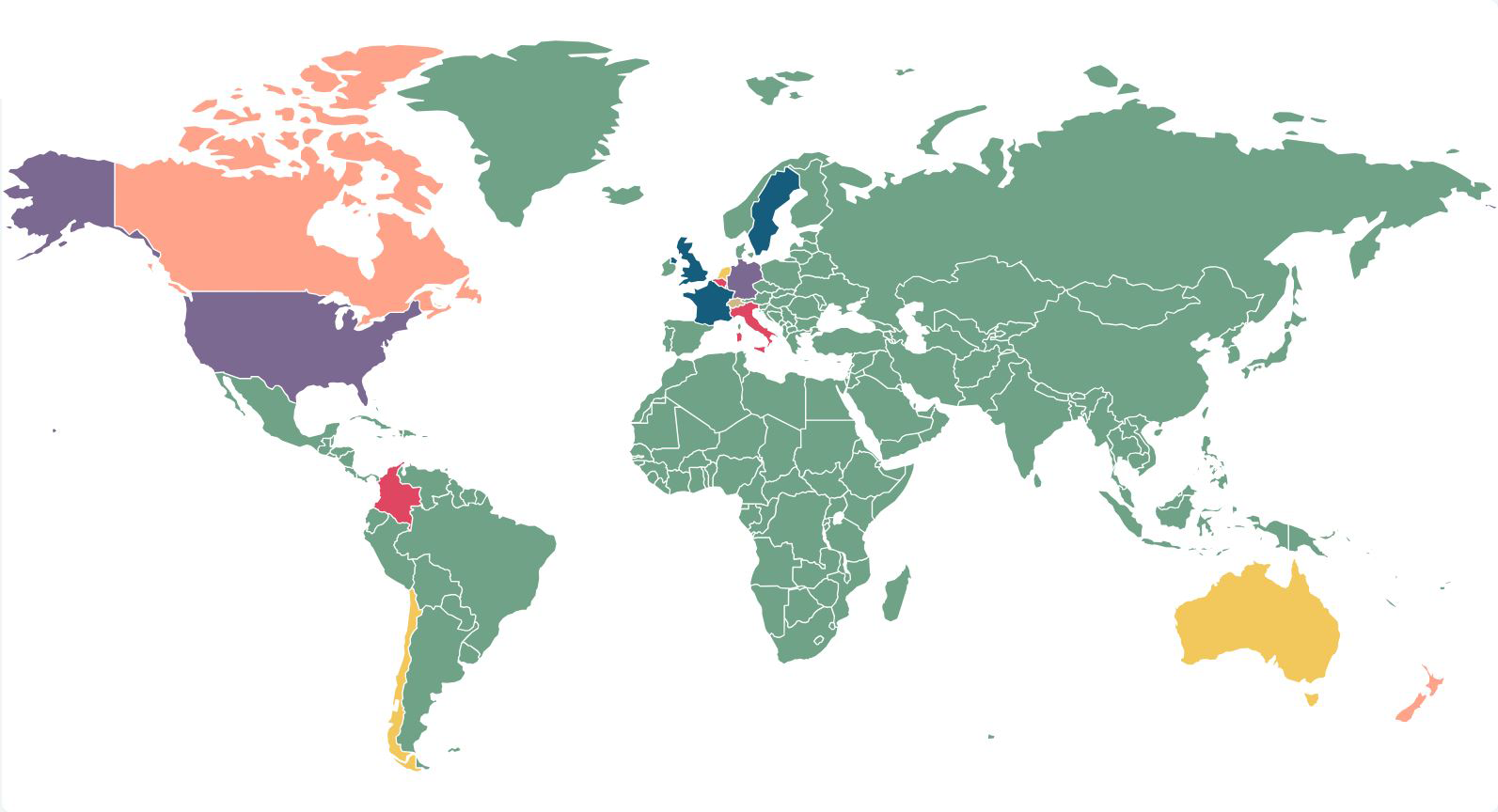The ongoing growth of AI in clinical practice will continue to raise complex legal questions
The use of AI in clinical practice will continue to grow as sophisticated systems are deployed in the healthcare setting. With this comes an increased risk of patients coming to harm as a result of failures in AI. Faithfulness hallucination is one example of a risk that was simply non-existent in the pre-AI world. Hallucination in the context of clinical note summaries in particular (whereby the AI model generates summary content that is incorrect or inaccurate when compared with the source medical notes) is one area of risk that has the potential to lead to serious consequences. Of course, understanding how an AI device has reached a decision may not be transparent (known as the ‘black box problem’), and this of itself is an issue, particularly when considering where responsibility for harm might lie. Choosing then whether to pursue a claim for clinical negligence or product liability (or both) poses yet further questions for a patient that may have come to harm. For healthcare providers and insurers, there will be questions of how to respond to such claims and how blame should be apportioned.
Healthcare reforms will see an ever greater role for the private sector in NHS provision
While details of the government's 10-year plan for the NHS are awaited, the Secretary of State for Health in his speech at the 2024 Labour Party conference gave some insights into his vision, saying that "where there’s capacity in the private sector, patients should be able to choose to go there too, free at the point of use, paid for by the NHS". As NHS healthcare provision comes to involve an increasingly diverse range of providers, a treatment error by one sub-contractor could have significant ramifications not only for the injured patient but also for the various parties involved in their care. Private sector providers will need to ensure their contractual and insurance indemnity provisions are robust and that they have good risk management arrangements in place.
Claims fraud reduction will be an ever greater focus
We continue to encounter incidents of claimants exaggerating their injuries when making claims and in the past year we have secured contempt of court convictions against several claimants in the medical malpractice sector, one of whom was imprisoned for eight months. While convictions do deter dishonesty, more needs to be done. The Law Commission is consulting on whether the law on contempt should be changed. Ideas being considered include allowing convictions based on recklessness rather than full intent, and increasing the maximum sentence cap to more than its current two years. These measures, if adopted, should help reduce claims fraud but there are still many steps to be taken between the consultation and the law being changed.
Hopes continue for fixed costs regime to address disproportionate legal costs awarded in low value claims
A small number of medical malpractice claims do now benefit from fixed costs, these being claims which fall into the intermediate track (broadly, claims where the incident date is on/after 1 October 2023, a full admission of liability is made in the protocol letter of response, and the claim value is up to £100,000). A more comprehensive fixed costs scheme is awaited, which is intended to apply to most pre-action cases valued up to £25,000. Drafting was put on hold during the election. Lord Darzi's recent report on the NHS has commented on the high level of clinical negligence costs, and the political will is probably there still for the introduction of this scheme. Our best estimate is it will apply to cases where a letter of claim is served after April 2025.
A positive forecast for the Personal Injury Discount Rate?
The Personal Injury Discount Rate (PIDR) review in England and Wales will be complete by 11 January 2025 (and possibly sooner). This will either see no change to the discount rate, a rate change, or more radical changes such as different rates for different periods of loss or different types of loss (e.g. different rates for care and for earnings). Many in the market anticipate the retention of a single discount rate which will be at a positive level compared to the current -0.25%. Support for this view has been taken from the decision (November 2023) in the Isle of Man to adopt a 1% discount rate, based on advice provided by the Government Actuary's Department (GAD) for the UK. The GAD's advice assumed a continuation of favourable gilt yields (which at the time were, and still are, around 1.5% to 2% higher than the GAD's 2019 analysis) and a fall in inflation, economic trends which have continued. Further support for this view can now be found from the 26 September 2024 announcement that the discount rate in Scotland and Northern Ireland will increase (from -0.75% and -1.5% respectively) to +0.5%.




